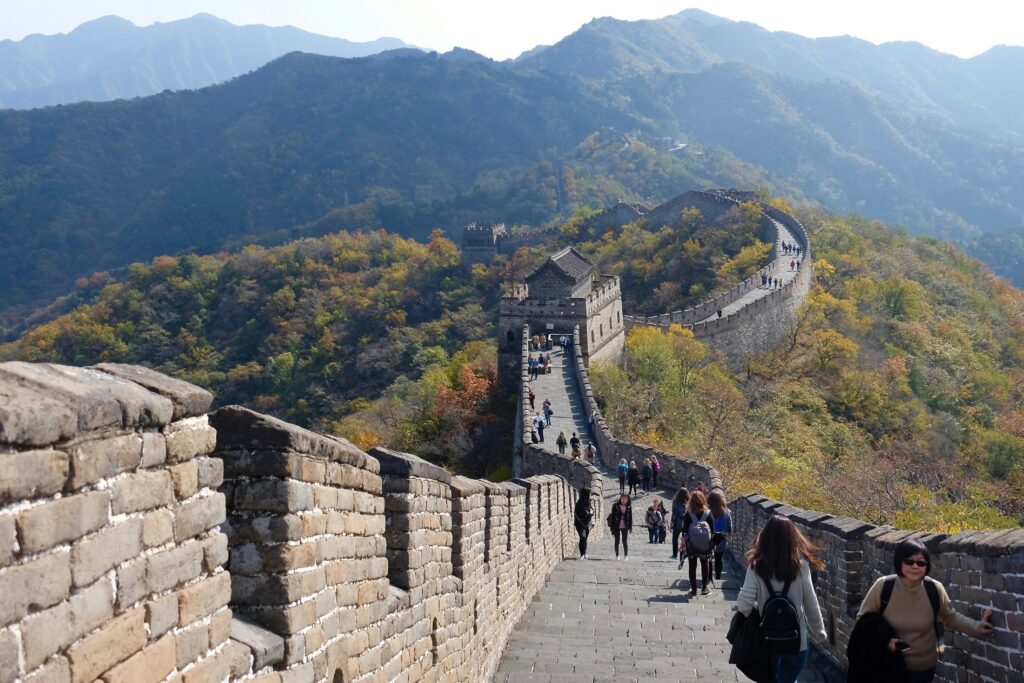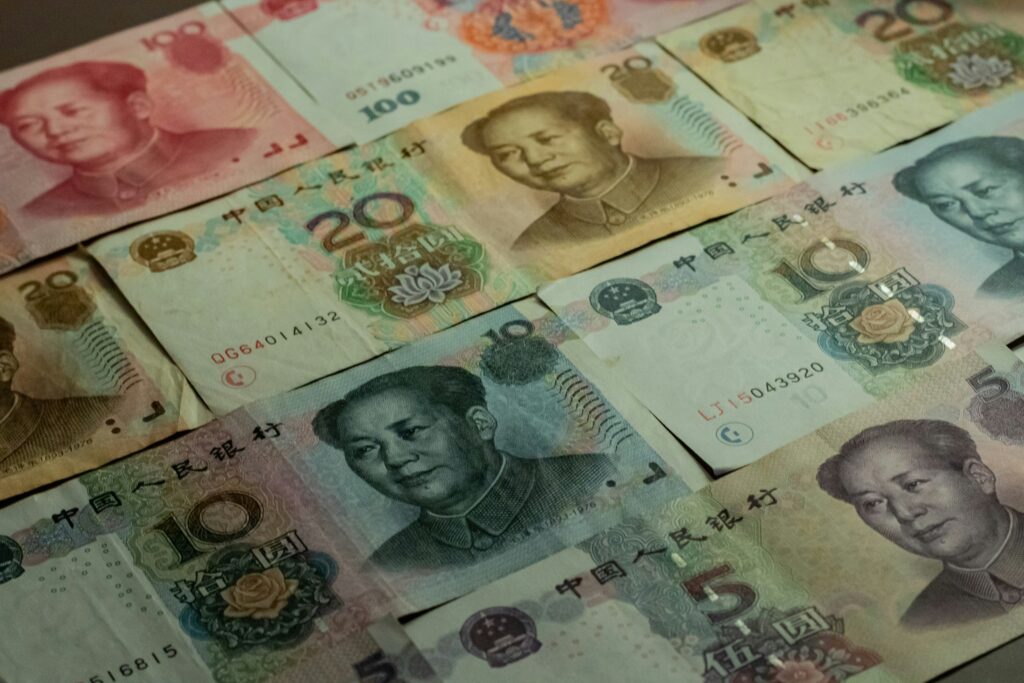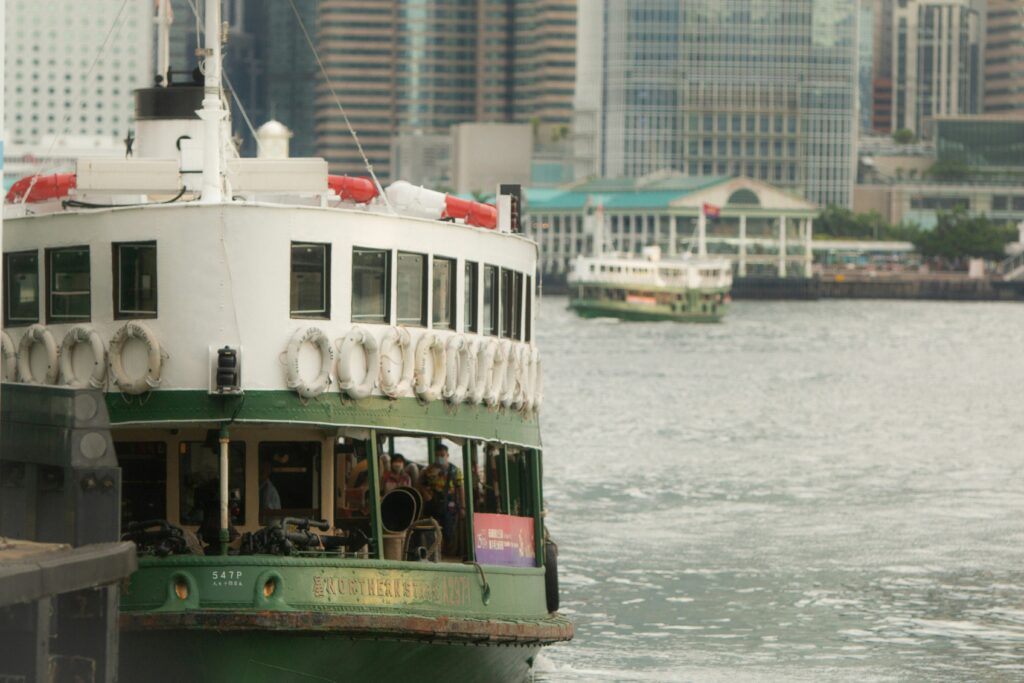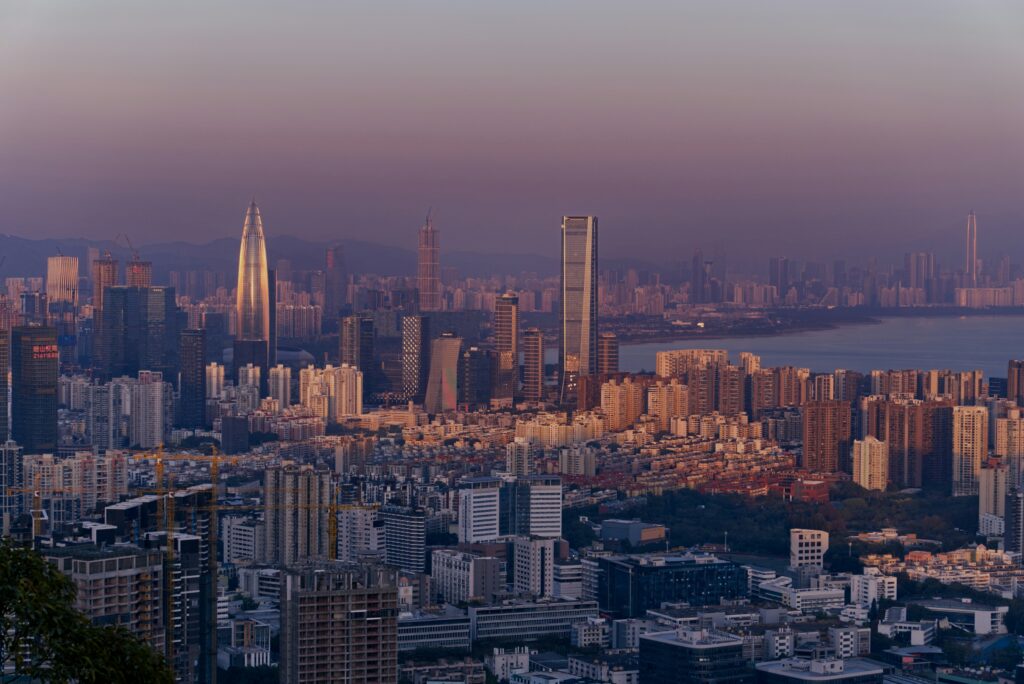
China, officially known as the People’s Republic of China (PRC), is a vast and diverse nation with a rich history that spans thousands of years. It is the world’s most populous country, with over 1.4 billion people, and covers an area of approximately 9.6 million square kilometers, making it the third or fourth largest country by total area, depending on the method of measurement. China is a country of contrasts and variety, from its towering skyscrapers and bustling cities to its ancient temples and serene rural landscapes. This introduction explores China’s airports, transportation, culture, weather, and people, providing a comprehensive overview of this fascinating country.
Airports and Transportation

Airports
China’s rapid economic development has been accompanied by significant advancements in its transportation infrastructure, including its airports. The country is home to some of the world’s busiest and most modern airports, which serve as key gateways for international and domestic travel.
- Beijing Capital International Airport (PEK): Located in the capital city, this airport is one of the busiest in the world. It handles a massive volume of passengers and cargo, connecting Beijing with major cities around the globe. The airport features three terminals, with Terminal 3 being one of the largest in the world.
- Beijing Daxing International Airport (PKX): Opened in 2019, Daxing Airport is a marvel of modern architecture and engineering. Known for its futuristic design, the airport aims to alleviate congestion at Beijing Capital Airport and serves as a major hub for international flights.
- Shanghai Pudong International Airport (PVG): As one of the primary airports in Shanghai, Pudong handles most of the city’s international flights. It is a major hub for both passenger and cargo traffic and is known for its advanced facilities.
- Shanghai Hongqiao International Airport (SHA): This airport primarily handles domestic flights and is conveniently located closer to the city center than Pudong. It also features a major railway station, making it a key transportation hub.
- Guangzhou Baiyun International Airport (CAN): Located in southern China, this airport is one of the busiest in the country. It serves as a major gateway to the Pearl River Delta region and offers extensive domestic and international connections.
- Chengdu Shuangliu International Airport (CTU): Situated in the southwestern part of the country, this airport is a key hub for travel to and from Sichuan Province. It is known for its excellent passenger services and modern facilities.
Transportation

China’s transportation network is vast and highly developed, reflecting the country’s rapid modernization and economic growth.
- High-Speed Rail: China boasts the longest high-speed rail network in the world. Trains like the Fuxing and Harmony series operate at speeds of up to 350 km/h (217 mph), making rail travel a fast, efficient, and comfortable option for long-distance journeys. The network connects major cities and regions, significantly reducing travel times.
- Metro Systems: Major cities such as Beijing, Shanghai, Guangzhou, and Shenzhen have extensive metro systems that are known for their efficiency, cleanliness, and affordability. These systems cover large urban areas and are continuously expanding to meet growing demand.
- Buses and Taxis: Buses are a common and economical mode of transportation within cities and between rural areas. Taxis are readily available in urban areas, and ride-hailing services like Didi Chuxing offer a modern and convenient alternative.
- Air Travel: Domestic air travel is well-developed, with numerous airlines offering frequent flights between cities. Regional airports facilitate access to more remote areas, ensuring that even less accessible parts of the country are connected.
Culture

China’s culture is one of the oldest and most complex in the world, with a history that dates back over 5,000 years. It is characterized by a rich tapestry of traditions, languages, art forms, and philosophies.
Historical and Cultural Heritage

China is home to numerous UNESCO World Heritage Sites, including the Great Wall, the Forbidden City, the Terracotta Army, and the Summer Palace. These historical landmarks reflect the country’s ancient civilization and its contributions to architecture, art, and culture.
- The Great Wall: Stretching over 13,000 miles, the Great Wall is an iconic symbol of China. Originally built to protect against invasions, it is now a major tourist attraction.
- The Forbidden City: Located in the heart of Beijing, the Forbidden City served as the imperial palace for centuries. It is a masterpiece of Chinese architecture and a repository of Chinese art and history.
- The Terracotta Army: Discovered in the 1970s, the Terracotta Army is a collection of thousands of life-sized statues that were buried with the first Emperor of China, Qin Shi Huang. It is one of the most significant archaeological finds of the 20th century.
- Traditional Festivals: Festivals such as Chinese New Year, the Lantern Festival, the Dragon Boat Festival, and the Mid-Autumn Festival are celebrated with great enthusiasm. These festivals are marked by traditional customs, family gatherings, and cultural performances.
Language and Literature
Mandarin Chinese is the official language of China, but the country is also home to numerous other languages and dialects. Chinese literature has a rich history, with classical works such as “Journey to the West,” “Water Margin,” and “Dream of the Red Chamber” being among the most revered.
Weather

China’s climate is incredibly diverse due to its vast size and varied topography. It ranges from subarctic conditions in the north to tropical climates in the south.
- Northern China: This region experiences cold winters and hot summers. Beijing, for example, has cold, dry winters with temperatures often dropping below freezing, while summers can be hot and humid.
- Central China: The climate here is generally temperate, with hot summers and mild winters. Cities like Shanghai experience four distinct seasons.
- Southern China: This area has a subtropical climate, with mild winters and hot, humid summers. Guangzhou and Hong Kong, for example, enjoy relatively warm temperatures year-round.
- Western China: This region includes arid and semi-arid areas such as the Gobi Desert and the Taklamakan Desert, as well as the high-altitude Tibetan Plateau, which has a harsh, cold climate.
People

China’s population is incredibly diverse, with 56 officially recognized ethnic groups. The Han Chinese make up the majority, accounting for over 90% of the population. Each ethnic group has its own unique customs, traditions, and languages.
Han Chinese
The Han Chinese are the largest ethnic group in China and the world. They have a rich cultural heritage that includes Confucianism, Taoism, and Buddhism, which have profoundly influenced Chinese society, values, and customs.
Ethnic Minorities
China’s ethnic minorities include groups such as the Zhuang, Hui, Manchu, Uyghur, Miao, Yi, Tujia, Tibetan, and Mongol, among others. Each of these groups has its own distinct culture, language, and traditions.
- Tibetans: The Tibetan people, primarily residing in the Tibet Autonomous Region, have a unique culture deeply rooted in Tibetan Buddhism. Their traditional music, dance, and art are vibrant expressions of their spiritual heritage.
- Uyghurs: The Uyghur people, who primarily live in Xinjiang, are known for their rich traditions of music, dance, and cuisine. They practice Islam and have a distinct cultural identity.
- Zhuang: The Zhuang people, the largest ethnic minority in China, are predominantly found in Guangxi Zhuang Autonomous Region. They have a rich folklore tradition and celebrate unique festivals such as the Singing Festival.
Economy

China’s economy is the second-largest in the world by nominal GDP and the largest by purchasing power parity (PPP). It has experienced rapid growth over the past few decades, transforming from a primarily agrarian society into a global industrial and technological powerhouse.
Manufacturing and Industry
China is known as the “world’s factory” due to its vast manufacturing sector. It produces a significant share of the world’s consumer goods, electronics, machinery, and textiles. Cities like Shenzhen and Guangzhou are major industrial hubs.
Technology and Innovation
China is at the forefront of technological innovation, with significant advancements in fields such as artificial intelligence, robotics, and telecommunications. Companies like Huawei, Tencent, and Alibaba are global leaders in their respective industries.
Agriculture
Despite its industrial prowess, agriculture remains an important part of China’s economy. The country is a leading producer of rice, wheat, corn, and various fruits and vegetables. The rural population, although declining, still plays a crucial role in the nation’s food production.
Society and Modern Life

China’s rapid urbanization has led to the growth of megacities such as Beijing, Shanghai, Guangzhou, and Shenzhen. These cities are characterized by their modern skylines, bustling commercial districts, and diverse cultural scenes.
Education
Education is highly valued in Chinese society. The country has made significant investments in its education system, resulting in a high literacy rate and a growing number of world-class universities. Institutions like Tsinghua University and Peking University are renowned for their academic excellence.
Healthcare
China has made substantial progress in improving its healthcare system. The country has a mix of modern hospitals and traditional Chinese medicine practitioners. The government continues to invest in healthcare infrastructure to provide better access and quality of care to its citizens.
Cuisine

Chinese cuisine is celebrated worldwide for its diversity and flavor. Each region has its own distinct culinary traditions:
- Cantonese Cuisine: Known for its dim sum and barbecued meats, Cantonese cuisine is characterized by its use of fresh ingredients and light, savory flavors.
- Sichuan Cuisine: Famous for its bold, spicy flavors, Sichuan cuisine features dishes like mapo tofu and kung pao chicken, often using chili peppers and Sichuan peppercorns.
- Shandong Cuisine: This cuisine emphasizes the use of seafood and grains, with a focus on preserving the natural flavors of the ingredients.
- Jiangsu Cuisine: Known for its sweet and savory flavors, Jiangsu cuisine often incorporates seafood and freshwater fish.
Currency

The official currency of China is the Renminbi (RMB), which translates to “People’s Currency.” The primary unit of the Renminbi is the Yuan (¥ or CNY). Introduced by the People’s Bank of China in 1948, the Renminbi serves as the legal tender for the People’s Republic of China. The currency is available in both banknotes and coins, with denominations ranging from 1 fen (1/100 of a Yuan) to 100 Yuan.
Banknotes are frequently used for daily transactions and come in various denominations including 1, 5, 10, 20, 50, and 100 Yuan, each featuring significant historical and cultural symbols. Coins are typically used for smaller denominations such as 1 Yuan, 5 Jiao, and 1, 2, and 5 Fen.
China’s economy has grown rapidly over the past few decades, making the Renminbi increasingly important in global trade and finance. In recent years, efforts have been made to internationalize the Renminbi, including its inclusion in the International Monetary Fund’s Special Drawing Rights basket. This move signifies China’s growing influence in the global economy.
Conclusion
China is a country of immense diversity and contrast, offering a unique blend of ancient traditions and modern advancements. From its bustling cities and state-of-the-art transportation systems to its rich cultural heritage and diverse cuisine, China captivates visitors with its complexity and charm. The country’s rapid development and economic prowess are matched by its deep-rooted cultural traditions and natural beauty, making it a fascinating destination for travelers and a significant player on the global stage. Whether exploring its historical landmarks, experiencing its vibrant cities, or engaging with its rich cultural tapestry, China offers an unforgettable journey into the heart of one of the world’s oldest civilizations.
Related Posts:





